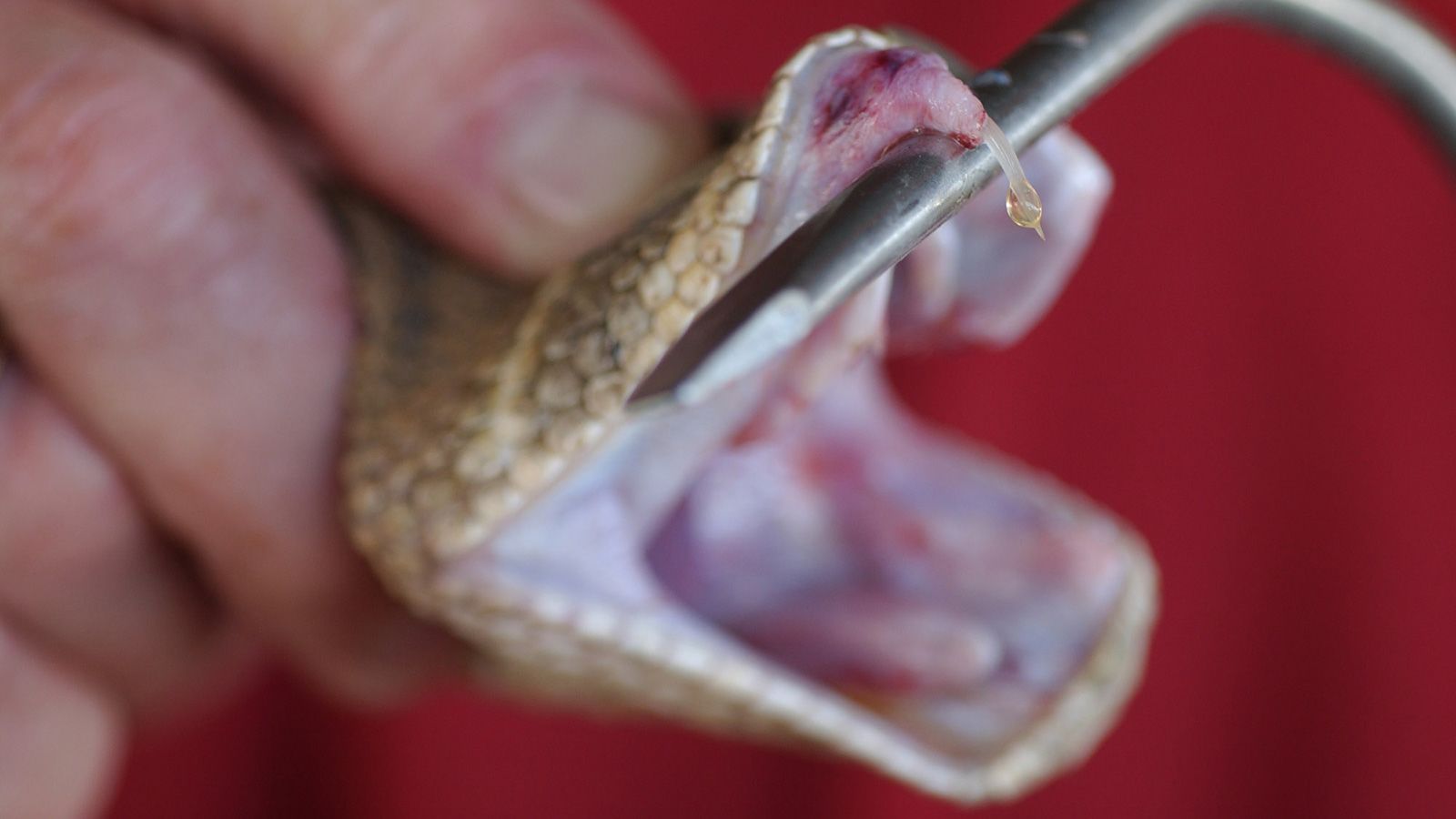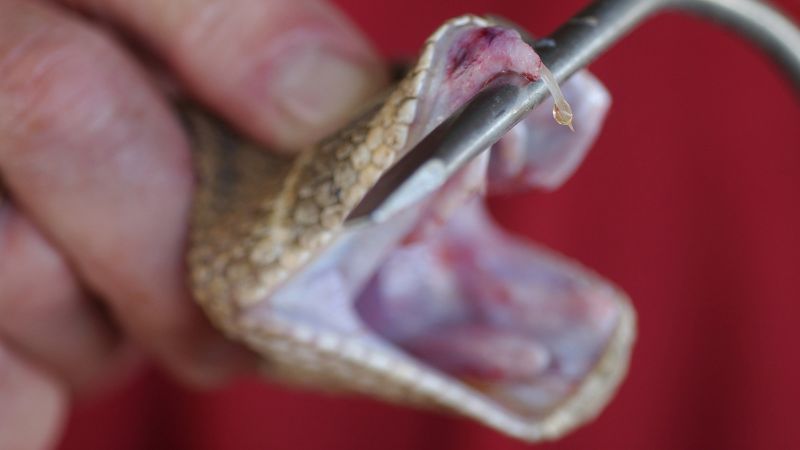Rattlesnake bites are a serious concern for those who live in areas where these venomous snakes are prevalent. Knowing what to do in case of a bite can make the difference between life and death. With the right knowledge and preparation, you can be ready to handle a rattlesnake bite and protect yourself or someone you care about.
In this article, we will explore the steps you should take if you or someone you know is bitten by a rattlesnake. We will go over the symptoms of a rattlesnake bite, how to administer first aid, and when to seek medical attention. By the end of this article, you’ll have a better understanding of what to do in case of a rattlesnake bite and feel more confident in your ability to handle this potentially life-threatening situation.
If you’ve been bitten by a rattlesnake, you need to seek medical attention immediately. Keep calm and still, and try to remember the snake’s appearance. Remove any jewelry or tight clothing near the bite and keep the affected limb immobilized. Do not try to suck out the venom or use ice or a tourniquet. Rattlesnake bites can be fatal, so it’s important to get professional medical help as soon as possible.

What to Do for Rattlesnake Bite?
Rattlesnake bites are a serious issue that requires immediate attention. They can cause severe pain, swelling, and even lead to death in some cases. If you or someone you know has been bitten by a rattlesnake, it’s important to act quickly and appropriately. Here’s what you need to do:
1. Call 911
The first thing you should do is call 911 or your local emergency number. Inform them about the situation and provide your location. This is important as rattlesnake bites can be life-threatening, and you may not be able to transport the victim to the hospital on your own.
Once you’ve contacted emergency services, keep the victim calm and still. Try to keep the affected limb below the level of the heart to slow down the spread of venom.
2. Identify the Snake
If possible, try to identify the snake that bit the victim. This will help medical professionals determine the exact type of venom and provide the appropriate treatment. However, do not waste time trying to catch or kill the snake, as this can put you and others in danger.
If you can’t identify the snake, don’t worry. Medical professionals will still provide the necessary treatment based on the symptoms.
3. Remove Jewelry and Tight Clothing
Remove any jewelry or tight clothing from the affected limb as soon as possible. This is important as swelling can occur rapidly, and you don’t want anything to constrict the blood flow.
4. Clean the Bite Area
Clean the bite area with soap and water and cover it with a clean, dry bandage. However, do not apply ice, heat, or any other home remedies, as these can worsen the situation.
5. Monitor Vital Signs
While waiting for medical professionals to arrive, monitor the victim’s vital signs, such as breathing rate, heart rate, and blood pressure. If you notice any signs of shock, such as pale skin or shallow breathing, inform the emergency services immediately.
6. Seek Medical Treatment
Once medical professionals arrive, they will provide the necessary treatment, which may include antivenom, pain medication, and other measures to manage symptoms. Follow their instructions and keep the victim calm and still.
7. Watch for Complications
Rattlesnake bites can lead to complications such as infections, allergic reactions, and tissue damage. Watch for any signs of complications and inform medical professionals immediately if you notice anything unusual.
8. Prevent Future Bites
To prevent future rattlesnake bites, avoid areas where they are known to inhabit, wear protective clothing such as boots and long pants, and be cautious when hiking in rocky or wooded areas.
9. Know What to Do in Advance
If you live in an area where rattlesnakes are common, it’s important to know what to do in advance. Familiarize yourself with the symptoms of a rattlesnake bite and keep a first aid kit on hand.
10. Stay Calm
Finally, it’s important to stay calm and composed in the event of a rattlesnake bite. Panic can make the situation worse and hinder your ability to provide the necessary care. Remember that medical professionals are trained to handle these situations and will provide the best possible care to the victim.
In conclusion, rattlesnake bites are a serious matter that require immediate attention. By following these steps, you can provide the necessary care and prevent further complications. Remember to stay calm, seek medical treatment, and take steps to prevent future bites.
Frequently Asked Questions
Here are some common questions and answers regarding what to do for rattlesnake bites.
How do I know if I’ve been bitten by a rattlesnake?
If you have been bitten by a rattlesnake, you will likely experience symptoms such as swelling, pain, and discoloration around the bite area. You may also experience nausea, vomiting, and difficulty breathing. It is important to seek medical attention immediately if you suspect you have been bitten by a rattlesnake.
While waiting for medical help, try to keep the affected limb immobilized and below the level of your heart. Do not apply ice or a tourniquet to the bite area, as this can make the situation worse.
What should I do if I encounter a rattlesnake?
If you encounter a rattlesnake, it is important to stay calm and give the snake plenty of space to move away. Do not try to handle or approach the snake, as this can provoke it and increase the likelihood of a bite. If you are hiking or walking in areas known to have rattlesnakes, wear long pants and boots to protect your legs and feet.
If you have pets with you, keep them on a leash and away from areas where snakes may be present. If your pet is bitten by a rattlesnake, seek veterinary attention immediately.
What treatments are available for rattlesnake bites?
The most effective treatment for a rattlesnake bite is antivenom, which is administered by medical professionals in a hospital setting. Other treatments may include pain relievers, antibiotics, and tetanus shots.
In some cases, surgery may be necessary to remove damaged tissue or relieve pressure in the affected area. It is important to seek medical attention as soon as possible after a rattlesnake bite for the best chance of a full recovery.
Can rattlesnake bites be fatal?
While rattlesnake bites can be serious and require immediate medical attention, they are rarely fatal. Most people who receive prompt treatment for a rattlesnake bite make a full recovery.
However, it is important to take all rattlesnake bites seriously and seek medical attention immediately. Delayed treatment can increase the risk of complications and make the situation more dangerous.
How can I prevent rattlesnake bites?
The best way to prevent rattlesnake bites is to avoid areas where snakes are known to be present, such as rocky outcroppings and dense brush. When hiking or walking in areas where snakes may be present, wear long pants and boots to protect your legs and feet.
Be sure to watch where you step and use a flashlight if walking in areas with low visibility. If you encounter a rattlesnake, give it plenty of space to move away and do not try to handle or approach it.
When Snakes Bite: Pre-Hospital Care
In conclusion, being prepared and knowledgeable about what to do for a rattlesnake bite can potentially save a life. Remember to stay calm, remove any tight clothing or jewelry, and get medical help as soon as possible. It is important to not attempt to suck out the venom or apply a tourniquet as these methods can do more harm than good. Additionally, prevention is key when it comes to avoiding rattlesnake bites. Be aware of your surroundings, wear appropriate clothing and footwear, and avoid areas where rattlesnakes are known to inhabit. By taking these precautions and knowing what to do in the event of a rattlesnake bite, you can greatly reduce your risk of a potentially deadly encounter. Stay safe and enjoy the great outdoors!


